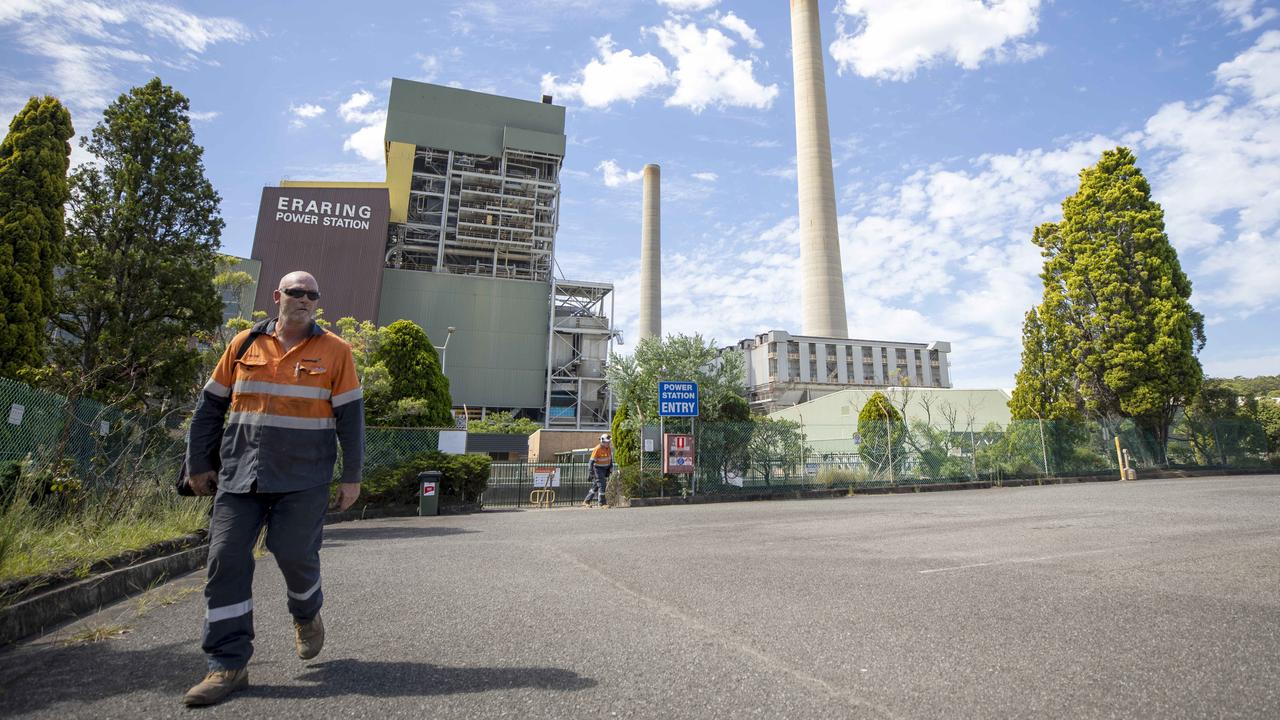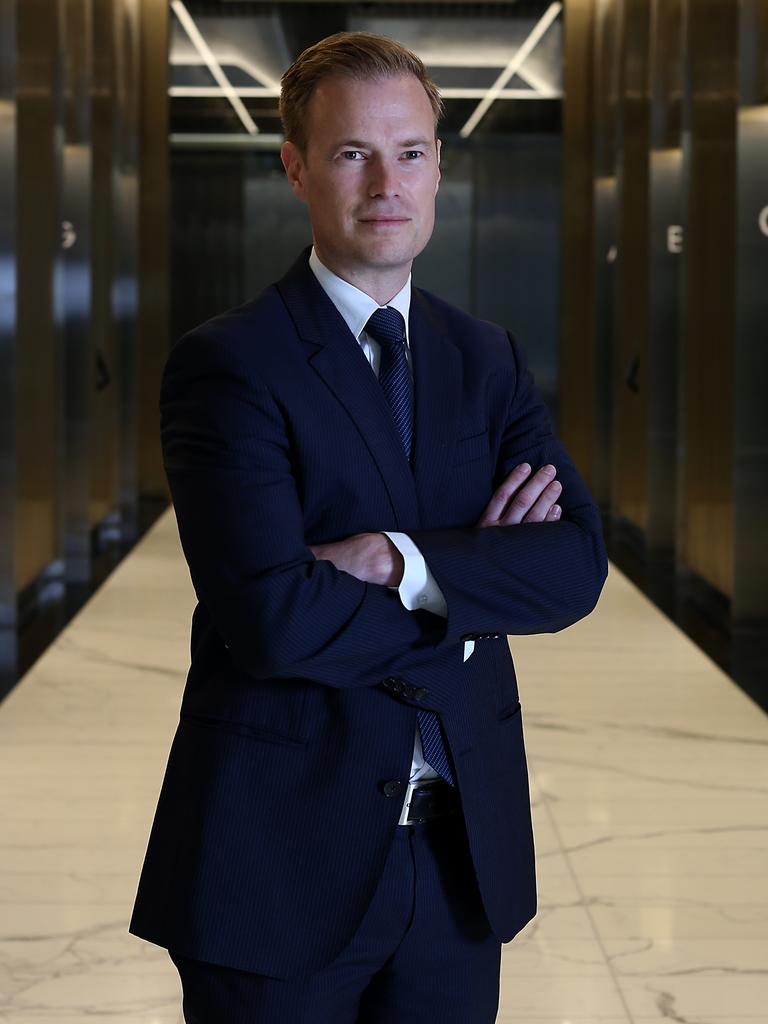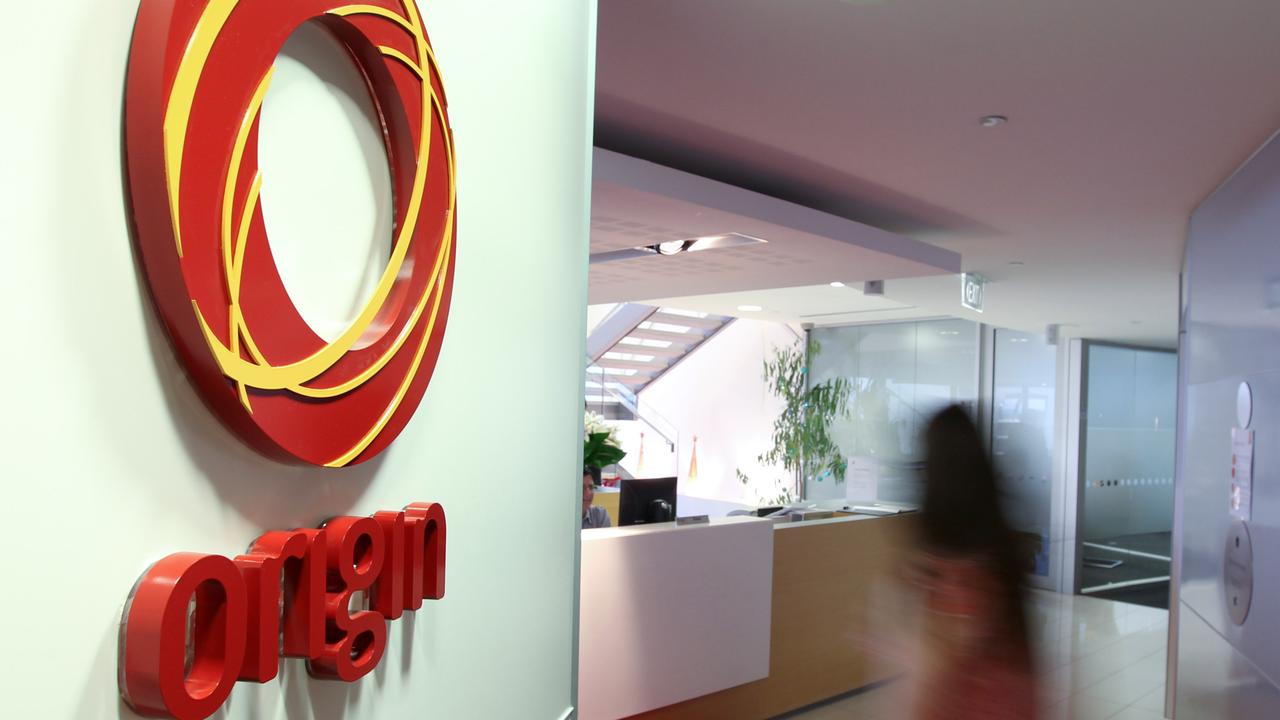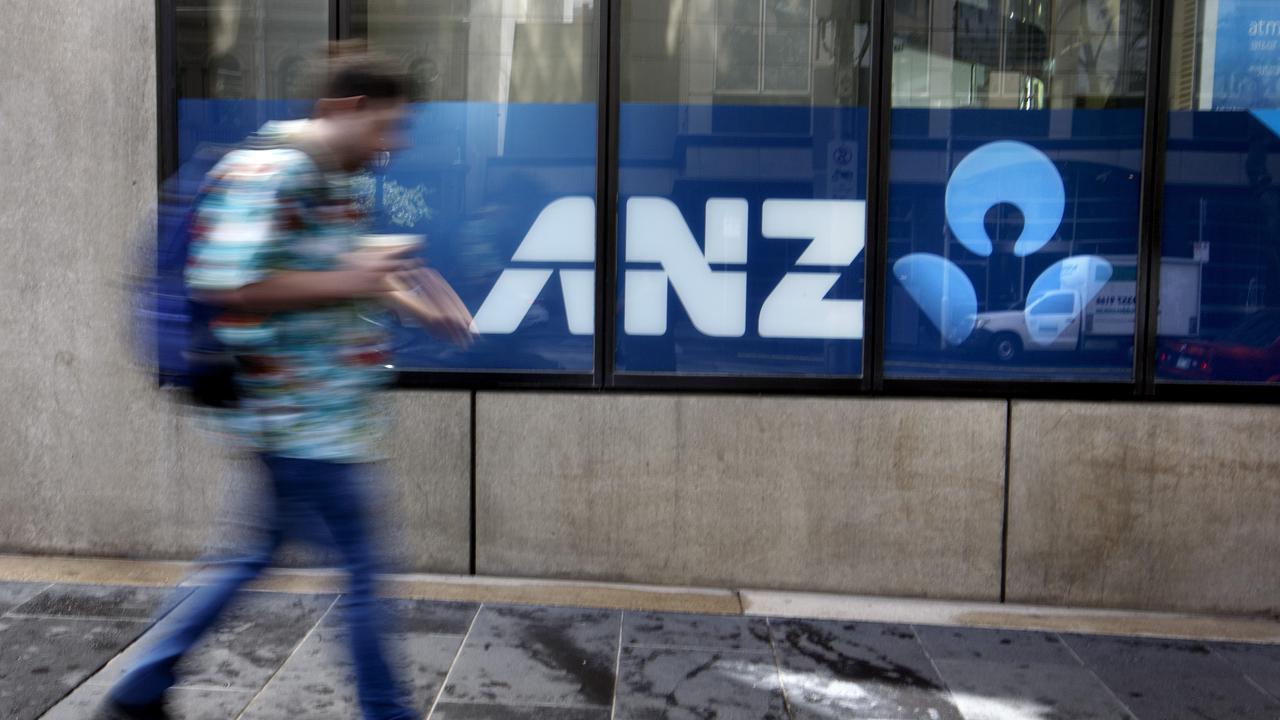Brookfield’s next challenge is surviving energy politics in order to keep the lights on
What the Canadian investment giant is planning for Origin Energy could determine whether the lights stay on in seven years.

Business
Don't miss out on the headlines from Business. Followed categories will be added to My News.
The low-profile Brookfield Asia Pacific boss Stewart Upson is well aware he has just stepped right into the middle of the five act tragedy of Australian energy politics.
What Upson does next could determine whether the lights stay on in seven years time.
Canada’s Brookfield has just clinched binding agreement for what could be the most significant transaction of the Australian energy landscape in decades – the $18.7bn buyout of Origin Energy. Having won over Origin’s board, and managing to keep his nervous investors onside, Upson now needs to focus on taking the politicians with him.
It is a very different political landscape that Upson is now working with from when Brookfield first started doing the numbers on Origin under a Morrison government.
And certainly the broader objective of moving toward a fully-fledged renewable energy market now sees strong alignment between Brookfield and Canberra. With investor support from its transition fund Brookfield plans to radically overhaul the nation’s power grid by spending billions of dollars building out renewable capacity.

But recent Albanese government intervention on the gas market and coal price caps shows the path of getting there is fraught with political risk. Indeed it was the gas market uncertainty and the feared mandatory code of conduct and momentum for domestic reserve was blamed for shaving 1 per cent from the initial $9 a share approach to Origin’s board.
Upson is well aware of this, sending a message that if Origin’s shareholders back the buyout later this year Brookfield won’t be rushing to switch off the giant Eraring coal-fired power plant, which supplies around a quarter of NSW’s energy needs. Origin has given notice that it intends to close Eraring as early as August 2025.
Here Upson is happy to hold talks with incoming NSW premier Chris Minns who is fearful that the prospect of blackouts could happen under his watch. Already Upson is giving Minns a public win by offering flexibility around Eraring’s closure date.
“Both Origin (now) and under our new ownership – are focused on closing Eraring as soon as we possibly can, only if we can only in a way that’s responsible and doesn’t have an impact on consumers or supply in the market,” Upson tells The Australian.
While there have been mid-level suggestions from the NSW Labor side for a Minns government buyback of Eraring, Upson won’t be a willing seller.
The plant’s high-voltage connection “slots” into the power grid are in many ways more valuable than the coal smoke stacks currently sitting on the site. Building out renewable energy is fine but like any industry the product needs to get to market as efficiently as possible and this is what Eraring’s network offers.
These connections will form the backbone of Brookfield’s plans to invest as much as $20bn in Origin building out renewables and battery capacity.
“This is a great opportunity for Australia to really accelerate its movement towards net zero, and move from being a laggard in the world to a leader,” Upson says.
Climate policy
And in world of coincidences the scheme implementation agreement with the Origin board was signed as Climate Change Minister Chris Bowen struck a deal with the Greens to steer through Labor’s signature climate policy. The policy will force big carbon emitters to cut emissions by 5 per cent a year out until 2030.
Upson points out this is a case where the markets are moving faster than the government in cutting out emissions.
“What we’re proposing to do is to take Origin and therefore about 20 per cent of the electricity market to net zero in 10 years. So we’re well ahead of what’s required and therefore the safeguard won’t have any impact (on Origin),” he says.
The Brookfield proposal still needs to get approval from competition and foreign investment regulators and Origin’s shareholders are yet to vote on the deal, although it has been endorsed by the board.

The mega-buyout would see a split between Origin’s domestic generation businesses and its holdings in Queensland-based LNG processing and export business which will go to MidOcean Energy, that itself is backed by US energy major EIG.
Under the plan, Origin’s investors are set to receive $8.912 a share, split between $5.78 a share and $US2.19 a share.
Previously the US dollar component was limited to institutional investors, but a request by Origin’s board will make the facility available to small shareholders. While it is a net neutral to Brookfield and its partners, a lower Australian dollar now sweetens the offer slightly from the revised February figure. Talks haven’t yet started around management of Origin, but it is likely that well-regarded boss Frank Calabria will choose his moment to step down having steered Origin through the choppiest of energy politics over the past six years.
Bank stresses
Treasurer Jim Chalmers has been given a top level briefing around global banking market stresses from US Treasury Secretary and former Federal Reserve Boss Janet Yellen and Europe’s central bank boss Christine Lagarde. Both held key roles during the global financial crisis and have seen first hand how quickly a banking crisis can spiral out of control.
Chalmers should by now be acutely aware that no matter how well run Australian banks are, they are deeply interconnected and rely on the rest of the world. With that Chalmers will convene a meeting of the powerful council of financial regulators to assess the potential impacts for Australia.
Here the biggest lesson Australian regulators can take from the turmoil in the US and Europe over the past few weeks is that speed matters. This includes the liquidity backstop for US banks to the lightning sale of Zurich-based Credit Suisse. While no one is talking about a bank crisis here, it’s clear that a fast, co-ordinated response can help limit the spread of a financial wildfire.

While the banking stresses are still a long way from global financial crisis proportions they have effectively frozen funding markets. Australia lenders were already busy over summer locking in more funding and can afford to sit out for the next month or so. However, stresses persist and domestic funding markets are also closed off then Australia, as an importer of capital faces a serious situation.
ANZ took a significant step on Tuesday to issue the first major bank bond deal in the world since the collapse of Silicon Valley Bank put a temporary freeze on global money markets.
ANZ has tapped Australian and Asian based investors for $4.25bn worth of funding, priced in Australian dollar terms. There were two bonds, $2.45bn of 3-year funding and $1.8bn of 5-year issue. The deal was oversubscribed with a combined $6bn worth of bids. Pricing on ANZ’s deal was about 5 to 7 basis higher than similar deals done before March. ANZ, like most of the big four, is more than two thirds of its way through its $30bn funding task this financial year.
The bond issue was closely watched from all quarters to see how well functioning money markets were, but traders said it represented a strong vote of confidence in the Australian banking system.
However banks are expecting the cost of funding to be higher now compared to before the collapse of Silicon Valley bank and Credit Suisse’s shotgun sale. Its still some way for the additional costs to be passed to homeowners but persistently higher funding will see discounting on new loans wound back and deposits pricing tweaked before passing on out of cycle funding costs.
Chalmers has also been speaking with the CEOs of some of the big four banks around the global stresses and he continues to receive internal briefings. The treasurer will attend G20 and IMF spring meetings in Washington mid next month.
Originally published as Brookfield’s next challenge is surviving energy politics in order to keep the lights on







